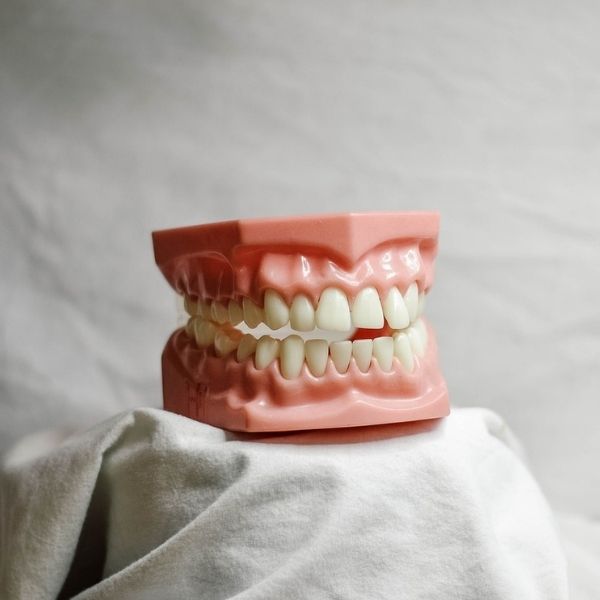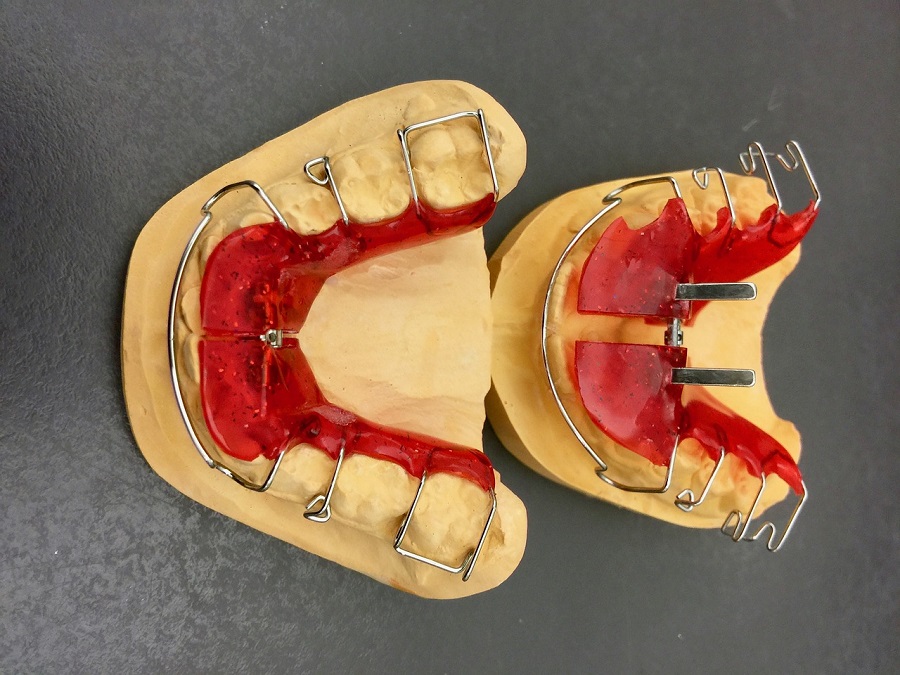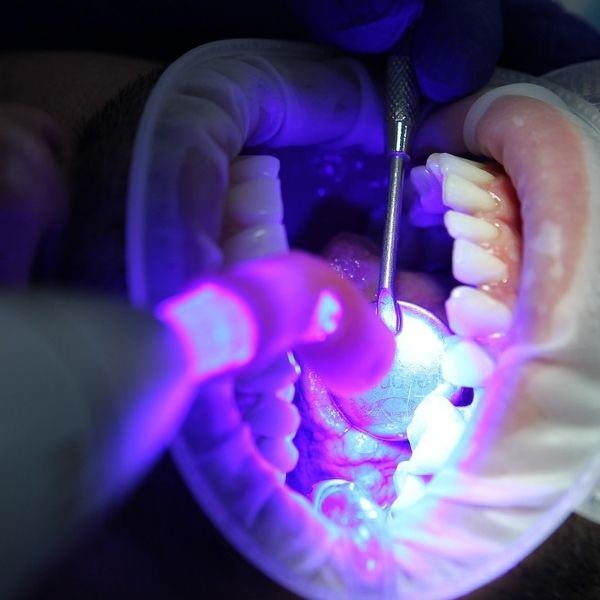What does cosmetic dentistry deal with?
This is a question that many people ask when they consider improving the appearance of their smile. Cosmetic dentistry is a specialized branch of dental care that focuses on enhancing the look of teeth, gums, and the overall smile. Unlike general dentistry, which addresses oral health issues like cavities, gum disease, and routine cleanings, cosmetic dentistry aims to improve aesthetics. By offering a variety of treatments that target discolored, crooked, chipped, or missing teeth, cosmetic dentistry has become a popular choice for individuals seeking to improve their smile and boost their confidence.
In this article, we will dive deep into what cosmetic dentistry deals with, including the procedures involved, the issues it addresses, and the benefits it offers.
What Does Cosmetic Dentistry Deal With?
At its core, cosmetic dentistry deals with improving the appearance of your teeth and gums. Whether you have stained teeth, chips, cracks, gaps, or misalignments, cosmetic dentistry provides solutions to enhance your smile. In addition to enhancing aesthetics, many cosmetic treatments also support oral health, contributing to better overall dental hygiene and function.
So, what does cosmetic dentistry deal with exactly? It tackles various cosmetic concerns, including:
- Tooth discoloration or staining
- Chipped, cracked, or worn teeth
- Misaligned or unevenly spaced teeth
- Missing teeth or gaps between teeth
- Excessive gum tissue or “gummy” smiles
Cosmetic dentistry is focused on making your smile look better, but often these improvements also support your overall oral health. That’s why the question “What does cosmetic dentistry deal with” often has answers that involve both beauty and function.
What Does Cosmetic Dentistry Deal With in Terms of Procedures?
What does cosmetic dentistry deal with when it comes to specific treatments? Cosmetic dentistry encompasses a wide range of procedures, each targeting different aesthetic concerns. Some of the most common cosmetic dental treatments include:
- Teeth Whitening: One of the simplest and most popular cosmetic procedures, teeth whitening addresses tooth discoloration caused by factors like aging, smoking, or consumption of coffee, wine, and other staining substances. Professional teeth whitening, whether done in-office or at home with a prescribed kit, can lighten teeth by several shades and provide a more youthful, bright appearance.
- Dental Veneers: Veneers are thin, custom-made shells crafted from porcelain or composite resin that are bonded to the front surface of teeth. What does cosmetic dentistry deal with when veneers are used? They solve issues such as discoloration, minor misalignment, or gaps between teeth, as well as cover chipped or worn enamel. Veneers provide a natural-looking, long-lasting solution for patients who want a flawless smile.
- Dental Bonding: Bonding involves applying a tooth-colored resin to a tooth to fix small imperfections like chips, cracks, or gaps. The material is shaped and hardened with a special light, restoring the appearance of the tooth in just one visit. Bonding is an affordable and less invasive option for addressing minor cosmetic issues.
- Inlays and Onlays: These custom-made restorations are used when a tooth has suffered damage or decay that is too extensive for a regular filling but not enough to require a crown. Inlays and onlays are made from porcelain or composite materials and help restore both the function and appearance of a damaged tooth, blending seamlessly with the natural teeth.
- Dental Crowns: Also known as caps, dental crowns completely cover a damaged or decayed tooth, restoring its shape, size, strength, and appearance. While crowns are often used for restorative purposes, they also serve cosmetic functions, improving the overall look of damaged or misshapen teeth.
- Orthodontics (Clear Aligners & Braces): While orthodontics is primarily known for improving tooth function, it also plays a crucial role in cosmetic dentistry. What does cosmetic dentistry deal with when orthodontics are used? Crooked or misaligned teeth, overbites, and underbites can all be corrected with braces or clear aligners like Invisalign. These treatments align your teeth for a more attractive and balanced smile.
- Gum Contouring: Also referred to as gum reshaping, this procedure addresses excessive gum tissue that can cause teeth to look too short or create an uneven gum line. Laser gum contouring helps create a more symmetrical and proportionate smile by reshaping the gum tissue around the teeth.
- Dental Implants: When it comes to missing teeth, what does cosmetic dentistry deal with? The answer is dental implants. Implants are titanium posts surgically placed in the jawbone to replace missing teeth. A custom-made crown is attached to the implant, providing a natural look and feel. Implants are a long-lasting solution for both aesthetic and functional purposes, offering the best of both worlds.
What Issues Does Cosmetic Dentistry Address?
You might still wonder, what does cosmetic dentistry deal with in terms of specific dental concerns? Cosmetic dentistry addresses a wide variety of issues that affect the appearance and function of your teeth. Some of the most common problems treated by cosmetic dentistry include:
- Tooth Discoloration: Teeth can become stained or discolored due to aging, smoking, and consuming foods and drinks that stain the enamel. Cosmetic dentistry deals with these concerns through teeth whitening treatments or by placing veneers over the affected teeth for a long-lasting solution.
- Chipped or Cracked Teeth: Whether from an accident or natural wear and tear, chipped or cracked teeth can detract from your smile’s appearance. Cosmetic procedures such as bonding, veneers, or crowns are used to repair these imperfections and restore the tooth’s look and function.
- Gaps Between Teeth: If you have noticeable gaps between your teeth, cosmetic dentistry deals with closing those spaces. Veneers, bonding, or even orthodontic solutions like clear aligners can correct gaps and give you a more uniform smile.
- Crooked or Misaligned Teeth: What does cosmetic dentistry deal with when it comes to crooked teeth? Orthodontic treatments like braces or clear aligners help straighten teeth and correct bite issues, improving both the function and appearance of your smile.
- Missing Teeth: Missing teeth not only affect your smile but also your oral health. Dental implants or bridges provide a permanent solution for replacing missing teeth, restoring both the look and function of your teeth.
- Gummy Smile: If you have excess gum tissue that makes your teeth look small or uneven, gum contouring is a cosmetic treatment that can reshape the gums for a more balanced smile.
The Benefits of Cosmetic Dentistry
Understanding what cosmetic dentistry deals with is only part of the equation. It’s also important to know the benefits of these treatments. Here are some of the key advantages of undergoing cosmetic dental procedures:
- Enhanced Appearance: The most obvious benefit of cosmetic dentistry is an improved smile. Whether you undergo teeth whitening, veneers, or dental implants, the goal is to enhance your overall appearance, giving you a more attractive and confident smile.
- Boosted Self-Confidence: When you’re self-conscious about your smile, it can affect your confidence in social and professional situations. By addressing issues such as stained or crooked teeth, cosmetic dentistry gives you the confidence to smile and interact with others without hesitation.
- Improved Oral Health: While cosmetic dentistry primarily focuses on aesthetics, many treatments also improve oral health. For instance, aligning crooked teeth can make them easier to clean, reducing the risk of gum disease and tooth decay.
- Durable and Long-Lasting Results: Advances in cosmetic dentistry mean that treatments like veneers, crowns, and dental implants are not only effective but also long-lasting. With proper care, these procedures can provide results that last for many years.
- Quick and Minimally Invasive Treatments: Many cosmetic dental procedures, such as teeth whitening, bonding, or clear aligners, are quick, minimally invasive, and come with little to no downtime. You can achieve a stunning smile without undergoing major surgery.
Is Cosmetic Dentistry Right for You?
If you’re still asking, what does cosmetic dentistry deal with and whether it’s the right choice for you, consider your dental goals. Are you unhappy with the appearance of your teeth? Do you want a brighter, straighter, or more uniform smile? Cosmetic dentistry can provide a variety of treatments to meet your needs, whether you require simple teeth whitening or more complex solutions like dental implants or orthodontics.





